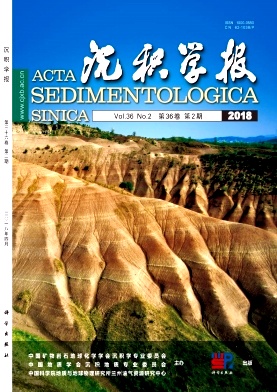The Genesis of Hirnantian Glaciation and Paleo-Ocean Environment During Ordovician-Silurian Transition
doi: 10.14027/j.issn.1000-0550.2018.037
- Received Date: 2017-06-10
- Rev Recd Date: 2017-07-22
- Publish Date: 2018-04-10
-
Key words:
- Hirnantian glaciation /
- paleo-ocean environment /
- end-Ordovician /
- mass extinctions
Abstract: The Ordovician-Silurian transition was an interval which revealed major changes in the Earth's biotic, climatic, and environmental systems, triggering the Hirnantian glaciation and end-Ordovician mass extinctions. The paleo-ocean environment experienced intense shift and exerted a crucial impact on the global cycles of carbon, molybdenum and sulfur during O-S transition. In addition, the weakness of continental weathering reduced 187Os and 87Sr flux, resulting in positive δ187Os and δ87Sr excursions. This first ice age, since the late Neoproterozoic, was the culmination of a cooling trend that had begun in the early or middle Ordovician, and was linked to some combination of reduced volcanic arc outgassing, enhanced silicate weathering, increased organic carbon burial and so on. There exist many problems about the genesis of Hirnantian glaciation, such as lacking in individual biostratigraphy which can control the carbonate platform in shallow water and mudstone in deep water simultaneously, as well as the high-precision analysis based on geochemical proxies and isochronous stratigraphic correlation. Meanwhile diagenesis, weathering and tectonic-thermal events also exerted an important impact on reconstruction of Hirnantian glaciation, resulting in inaccurate interpretation.
| Citation: | YANG XiangRong, YAN DeTian, ZHANG LiWei, ZHANG Bao, XU HanWen, LIU WenHui, YUN JiaLin. The Genesis of Hirnantian Glaciation and Paleo-Ocean Environment During Ordovician-Silurian Transition[J]. Acta Sedimentologica Sinica, 2018, 36(2): 319-332. doi: 10.14027/j.issn.1000-0550.2018.037 |






 DownLoad:
DownLoad: